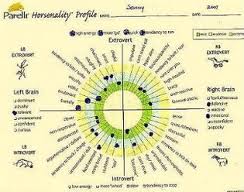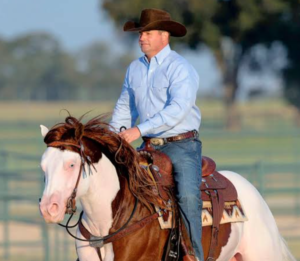Years ago, Pat and Linda Parellis made horsemanship more accessible with their DVDs and clinics. Horsenality was a singular component of their program. We’re still seeing folks use it and others have added their take with new personality tests.
Many women (and, interestingly, most testimonials come from women) have shared stories of breakthrough moments with their horses and they say Horsenality allowed them to gain confidence and get results.
 We say, “Hooray for you!”
We say, “Hooray for you!”
After all, the horse doesn’t care if you label it dirty, clean, handsome, ugly, left-brained, or right-brained. If you handle your horse in a way that’s safe and humane, that treatment should be applauded.
But some who embraced Horsenality have moved on. In their educational journeys and thirst for knowledge, they may have learned about horse brain chemistry and the horse’s evolution and existence as a prey animal. These owners and riders may have started to get curious about what actually goes on in their equine’s brain.
Introversion, extroversion, right-brainedness, and left-brainedness – the pillars of Horsenality – are not going on in the horse’s brain.
Yes, it is true that some horses can be more flighty or more aggressive than others. But placing human traits on horses (widely defined as anthropomorphism) can get us into trouble because horses lack a developed frontal lobe and are not capable of complex human emotions.
The horse is a prey animal who learns to react according to previous encounters with humans and what it has learned from its herd members (assuming it hasn’t been isolated). Its behavioral choices are the result of deeply engrained interest in self-preservation, not its unique “personality.”
The horse has a dense corpus callosum that unites the two halves of the brain. It features an immense amount of white matter or myelin which is indicative of an incredible density of neural activity. So much for left-brainedness and right-brainedness. Of course, the human has a corpus callosum, too. Watch this educational video about the Left v. Right myth.

Clinton Anderson
Can you live with cognitive dissonance?
Can you advance your horsemanship while still embracing Horsenality tenants?
The answers, as we have discovered, are highly individual.